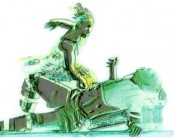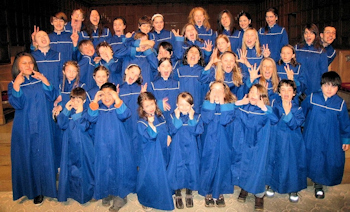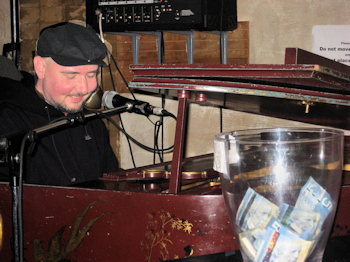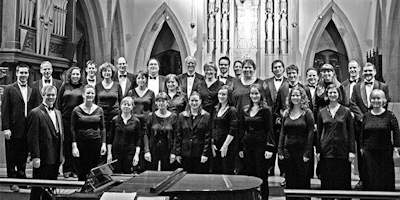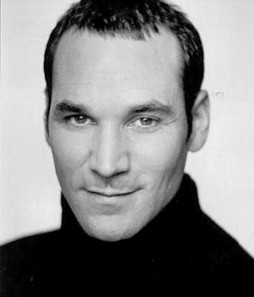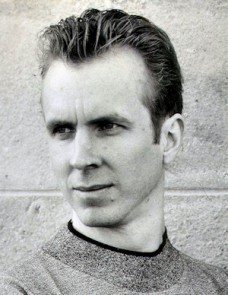Sumer Is Icumen In
It’s June and the festival season kicks into overdrive with events from coast to coast, and groups of musicians doing the festival circuit. For the most part, they arrive, play the concert and move on, without many opportunities to hear other musicians and hang out. That’s life on the road. Another phenomenon, the jazz party is, from a social point of view, somewhat different: for three or four days a group of musicians have the chance of spending time together and socializing.
Last month I was in Midland/Odessa, Texas, for their 46th annual jazz party: a three-day event featuring a lot of the usual suspects, including, among others, Harry Allen, John Allred, Jake Hanna, Ken Peplowski, Bucky Pizzarelli, Allan and Warren Vache, and relatively new additions such as bassist Nicki Parrott and pianist Rossano Sportiello. Over the course of the weekend I was reminded of how much pleasure is derived from the social aspect of these get-togethers. The party circuit is made up of a relatively small band of modern day minstrels who travel huge distances to make their music. For example, Warren, Rossano and I saw each other three times over a period of three weeks in May, but to do so we each travelled over 10,000 miles!




